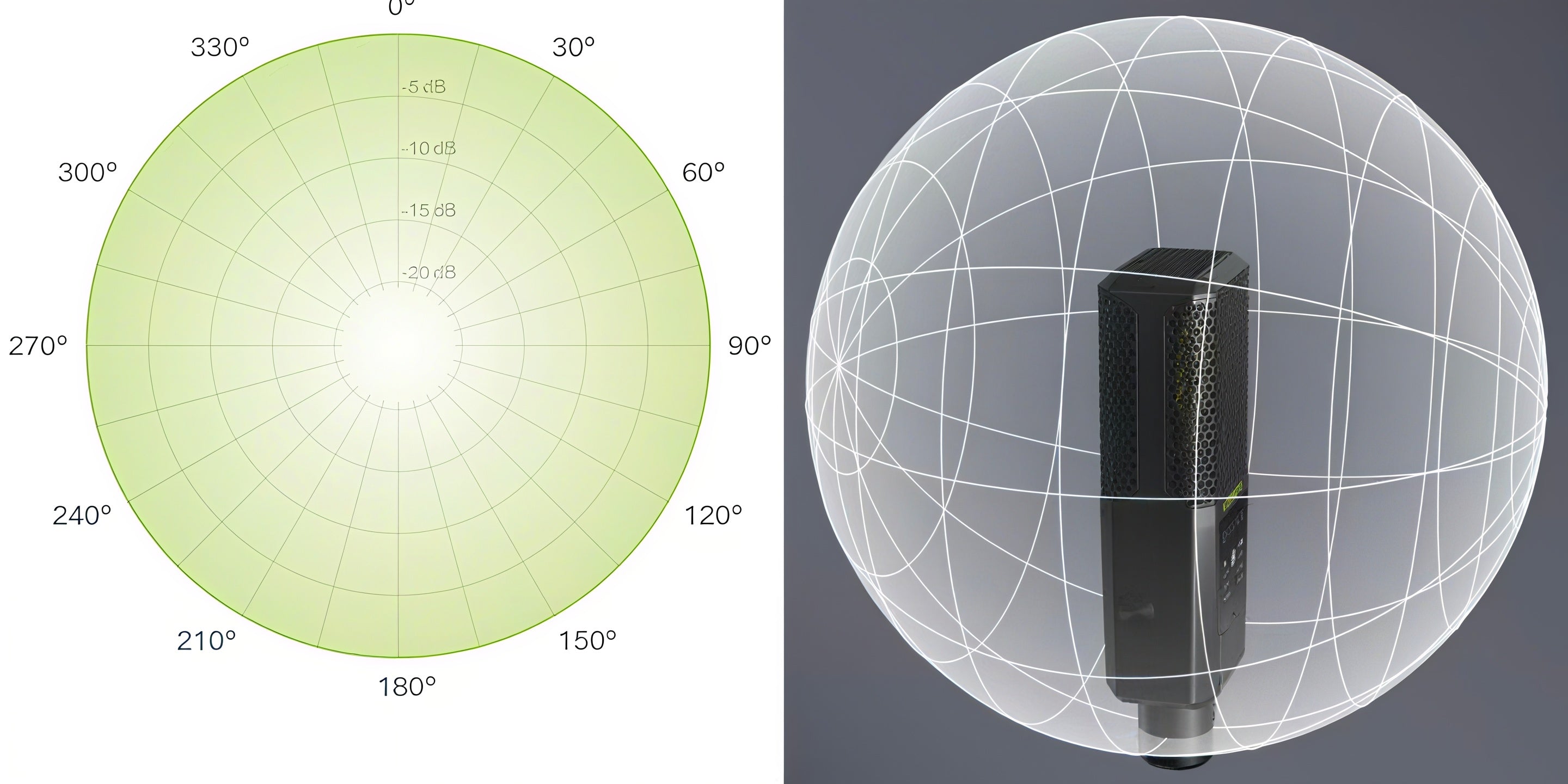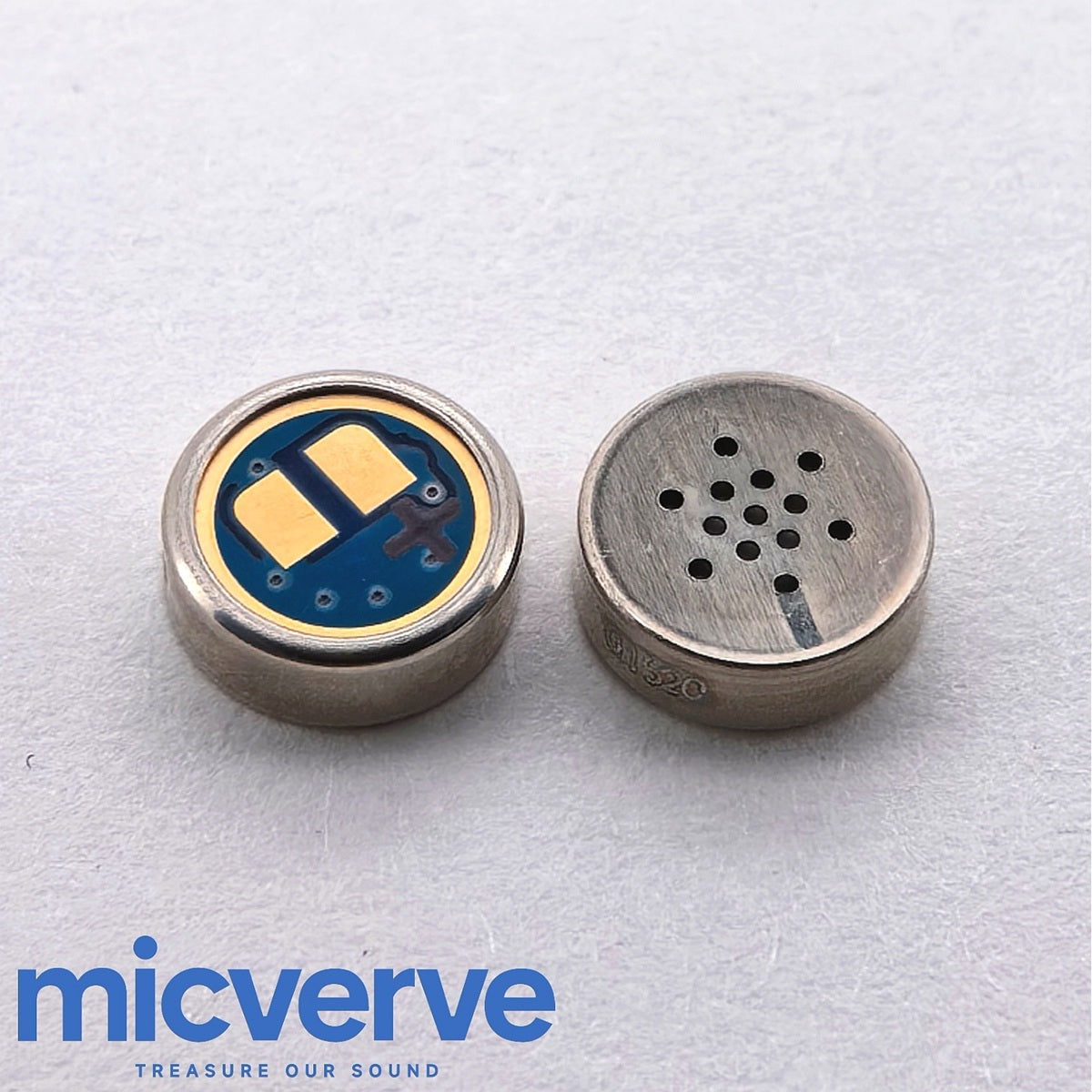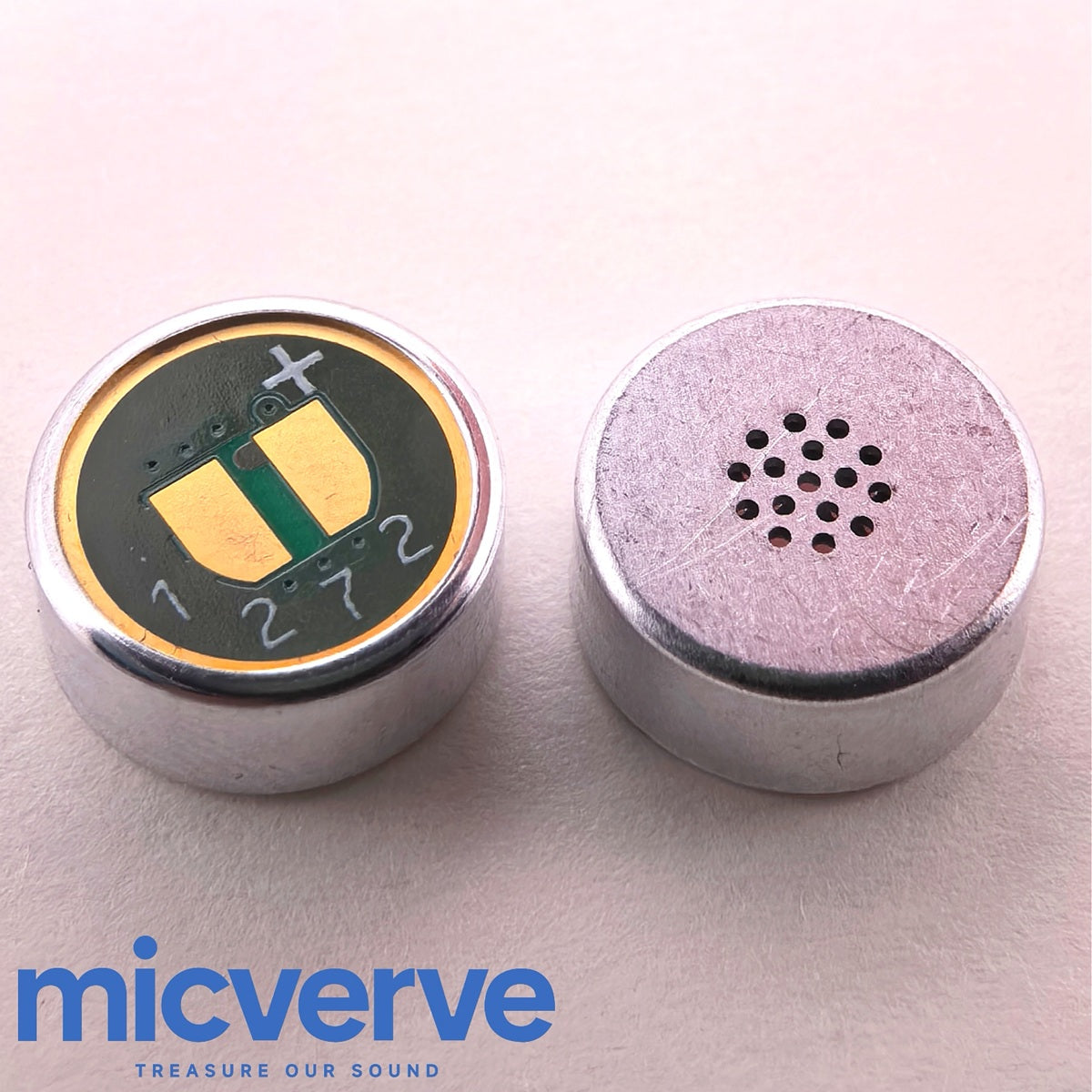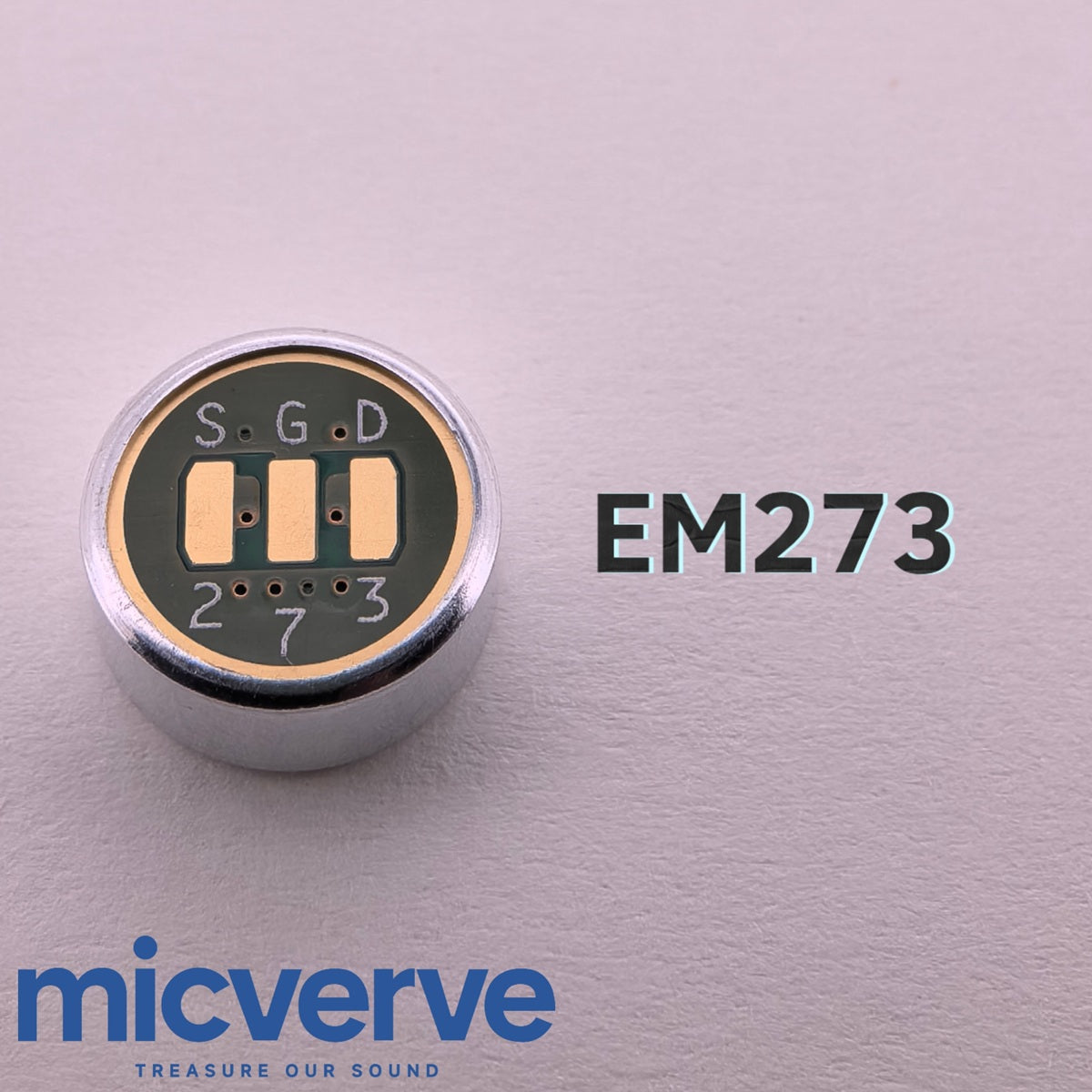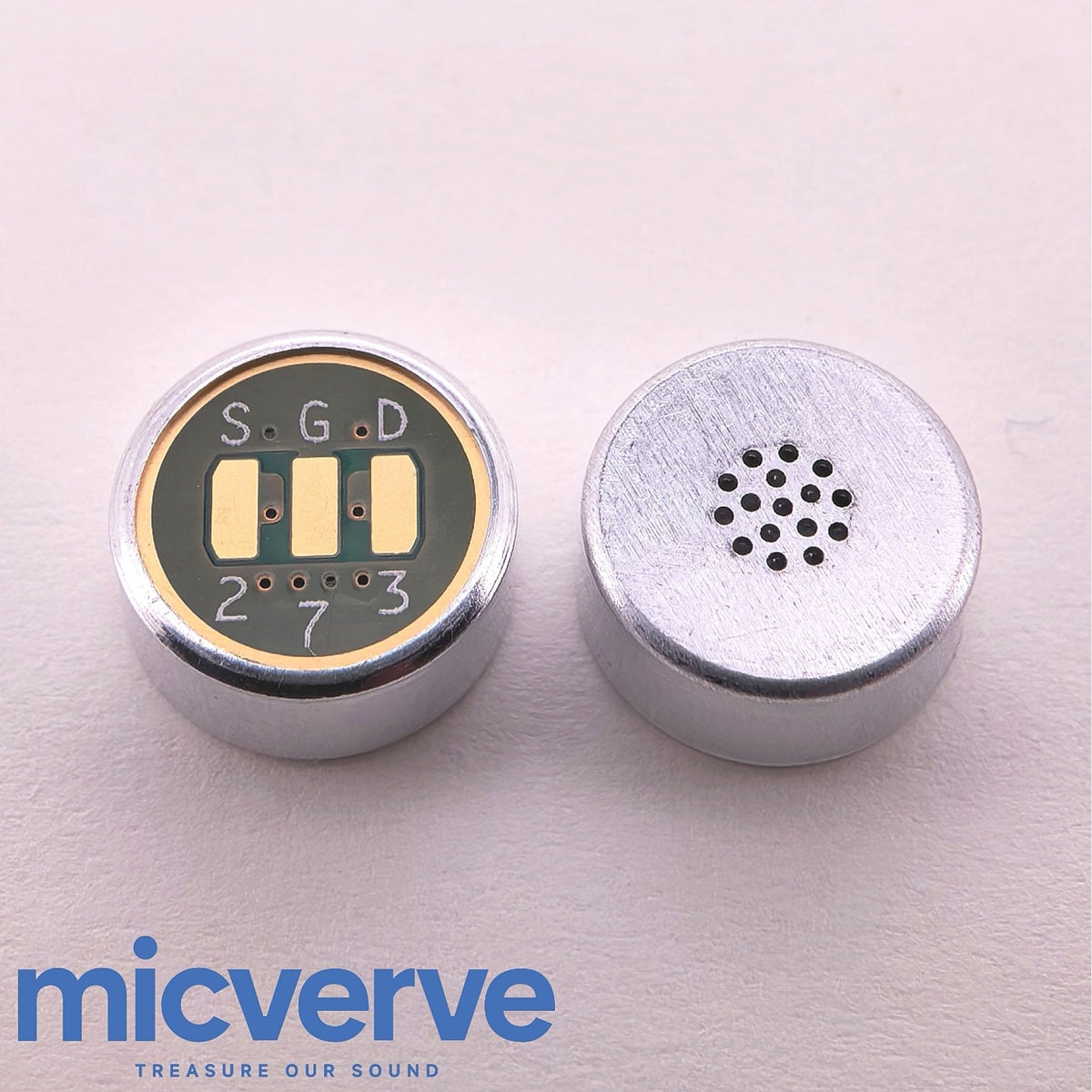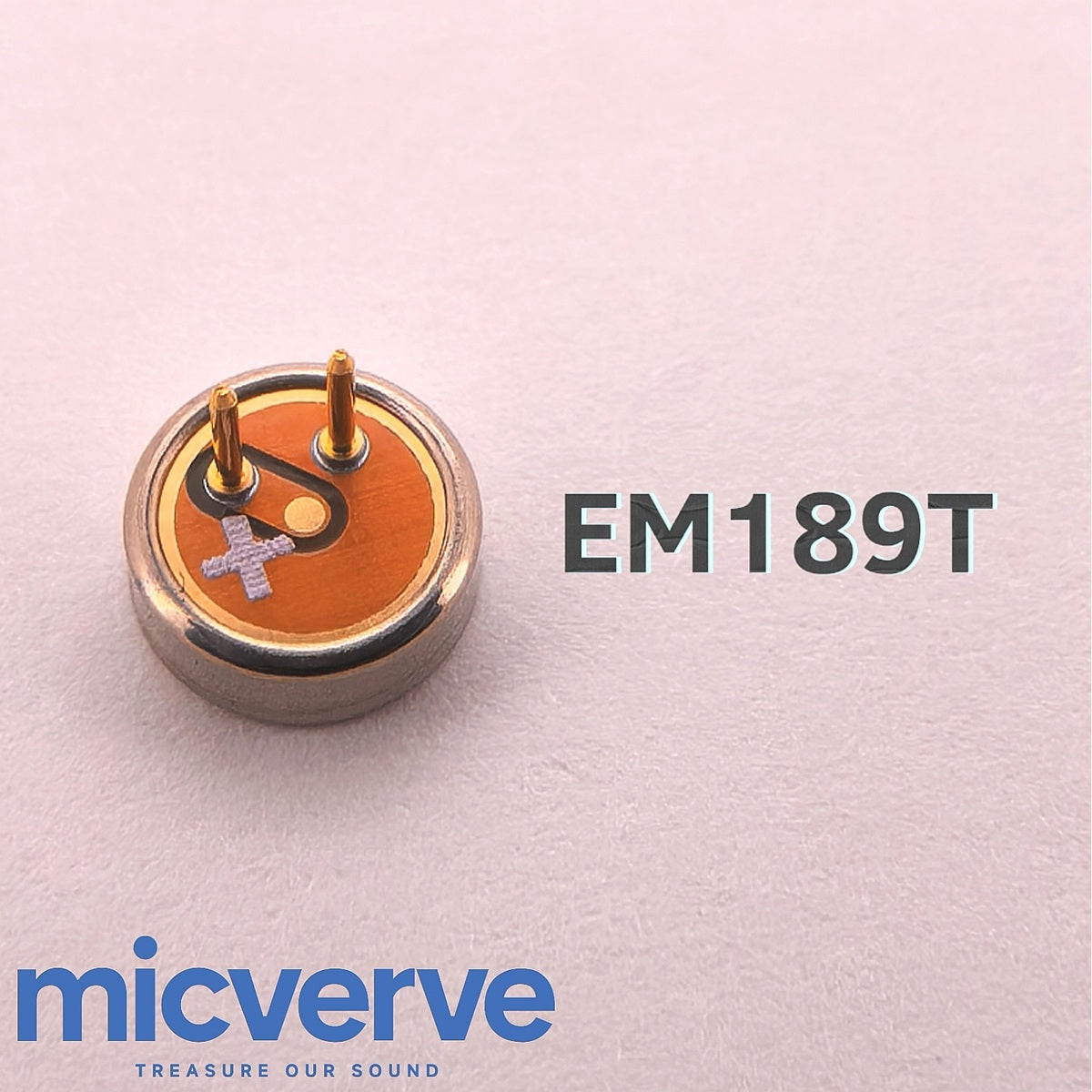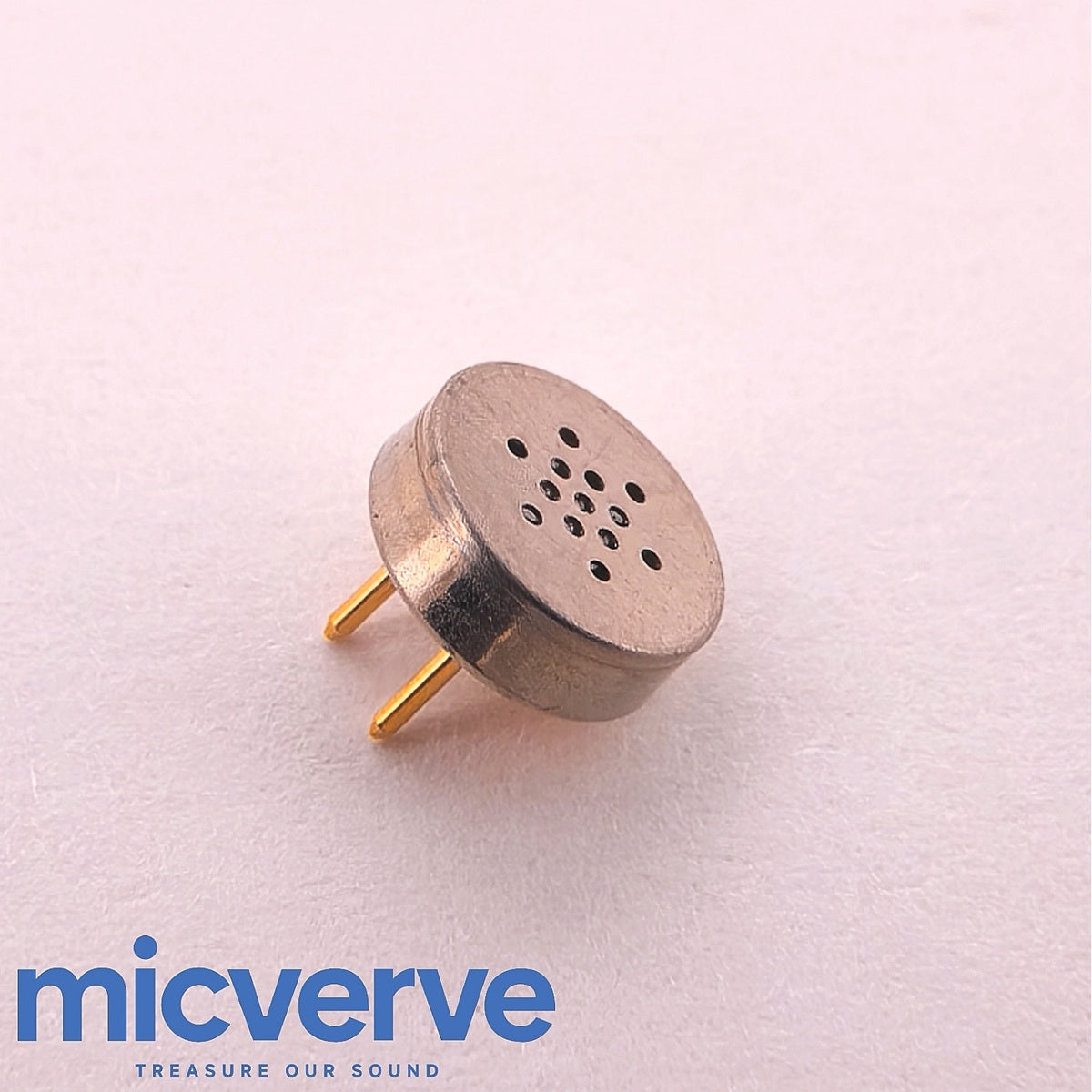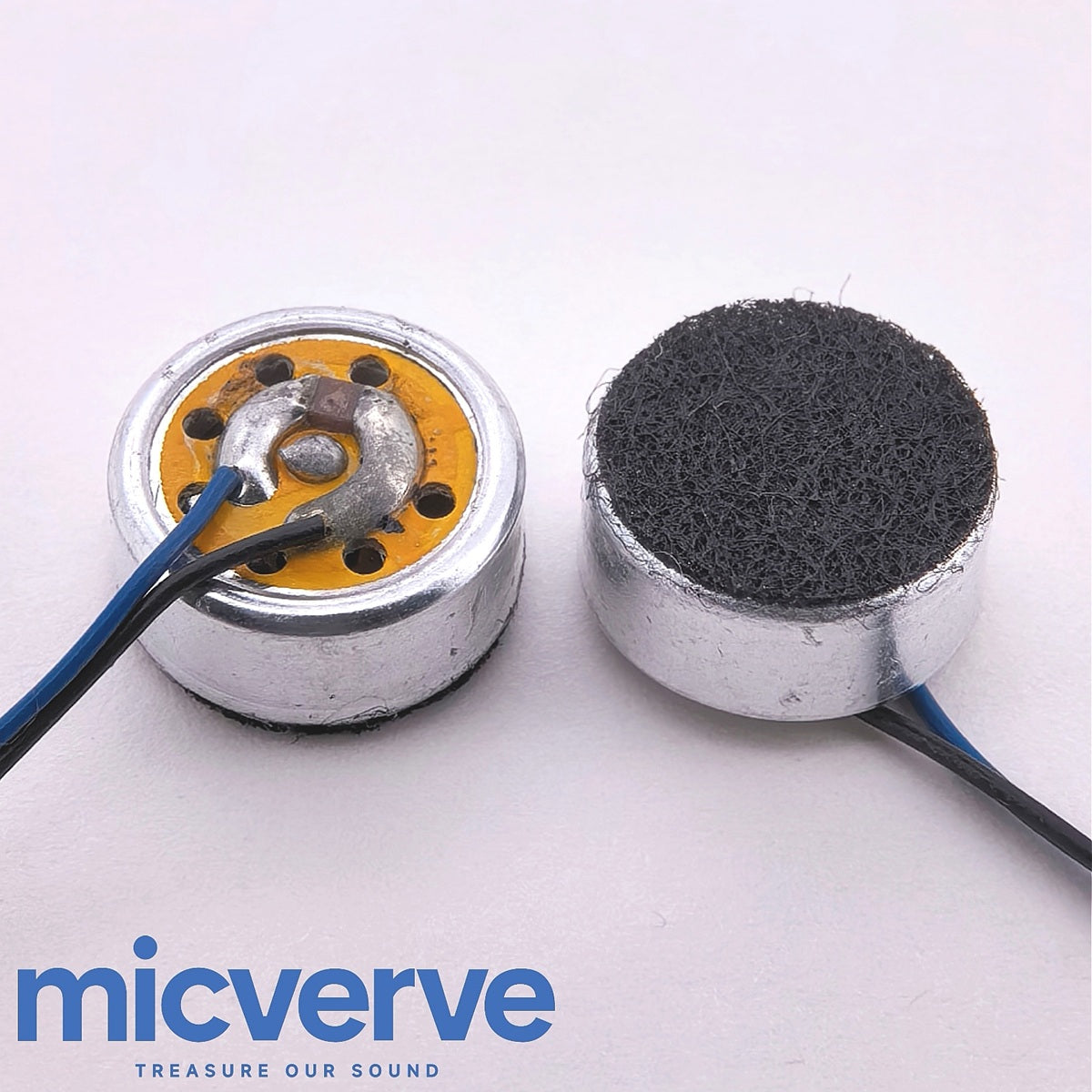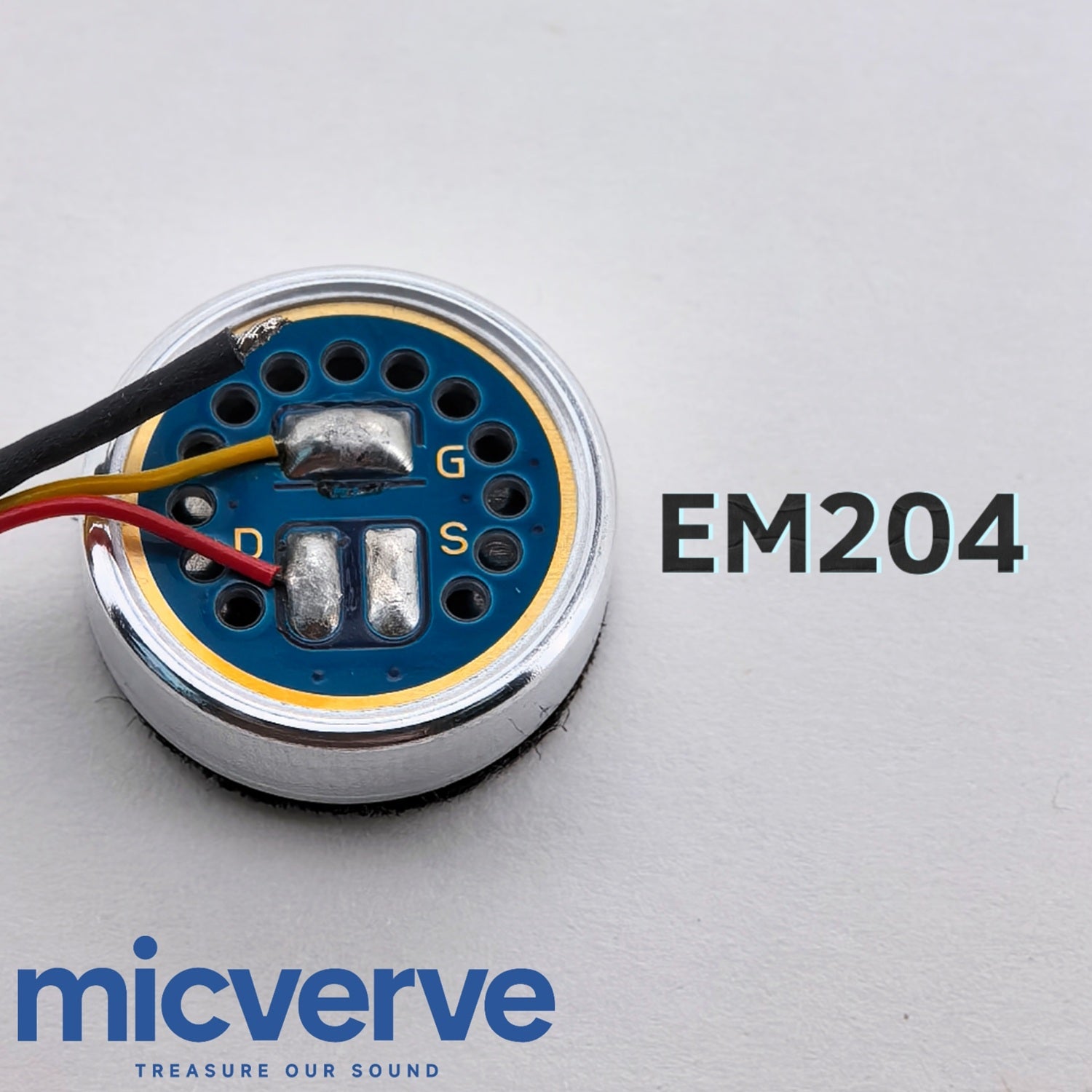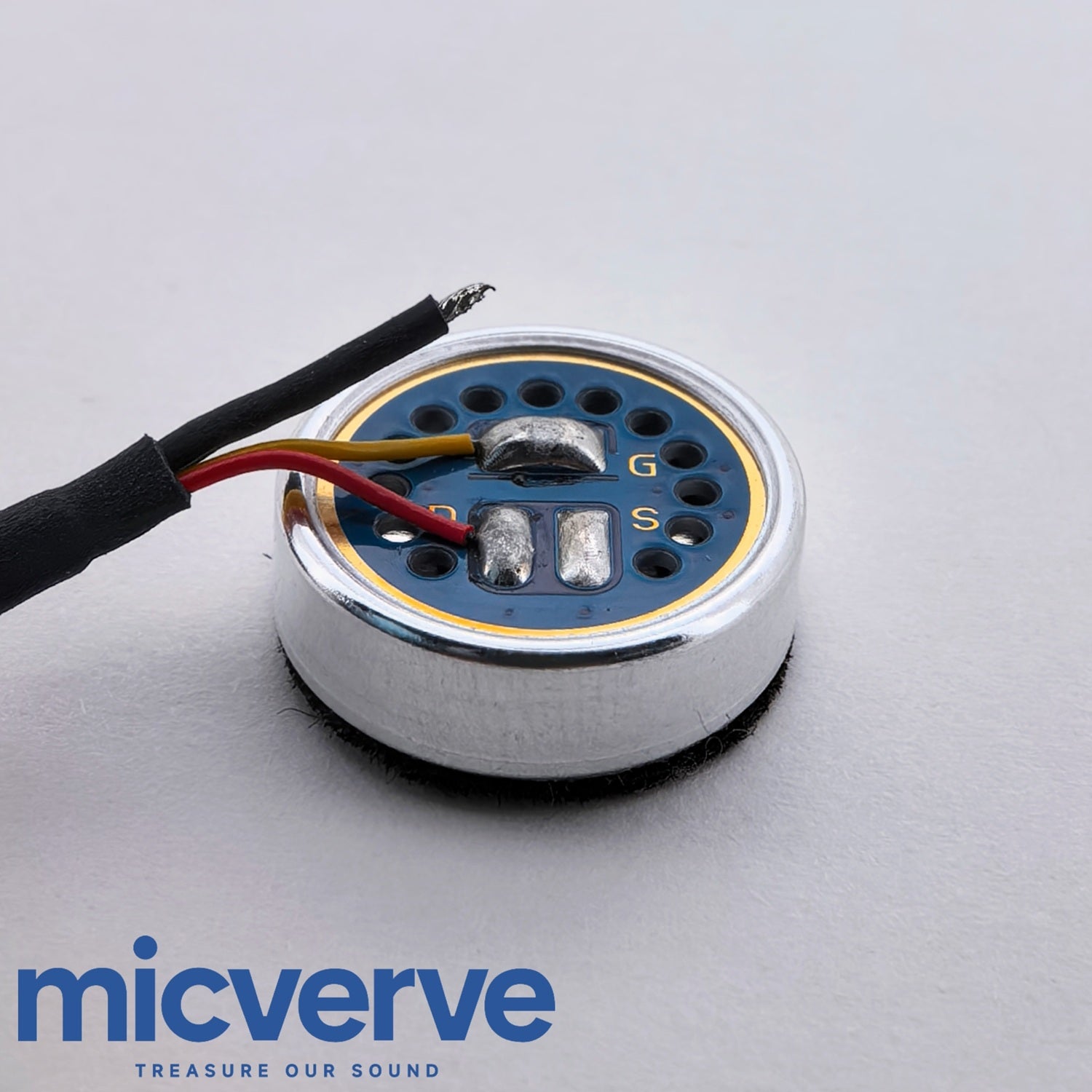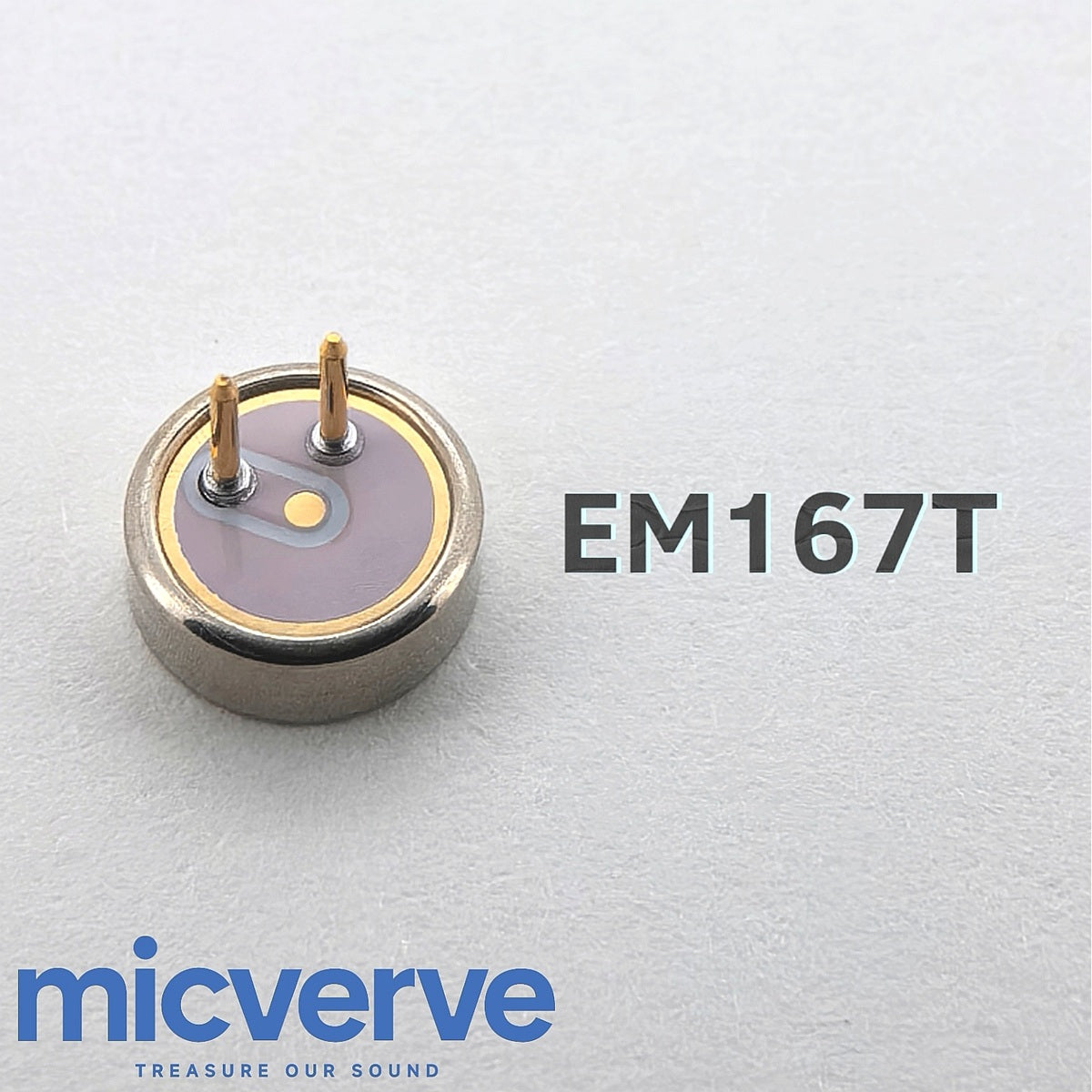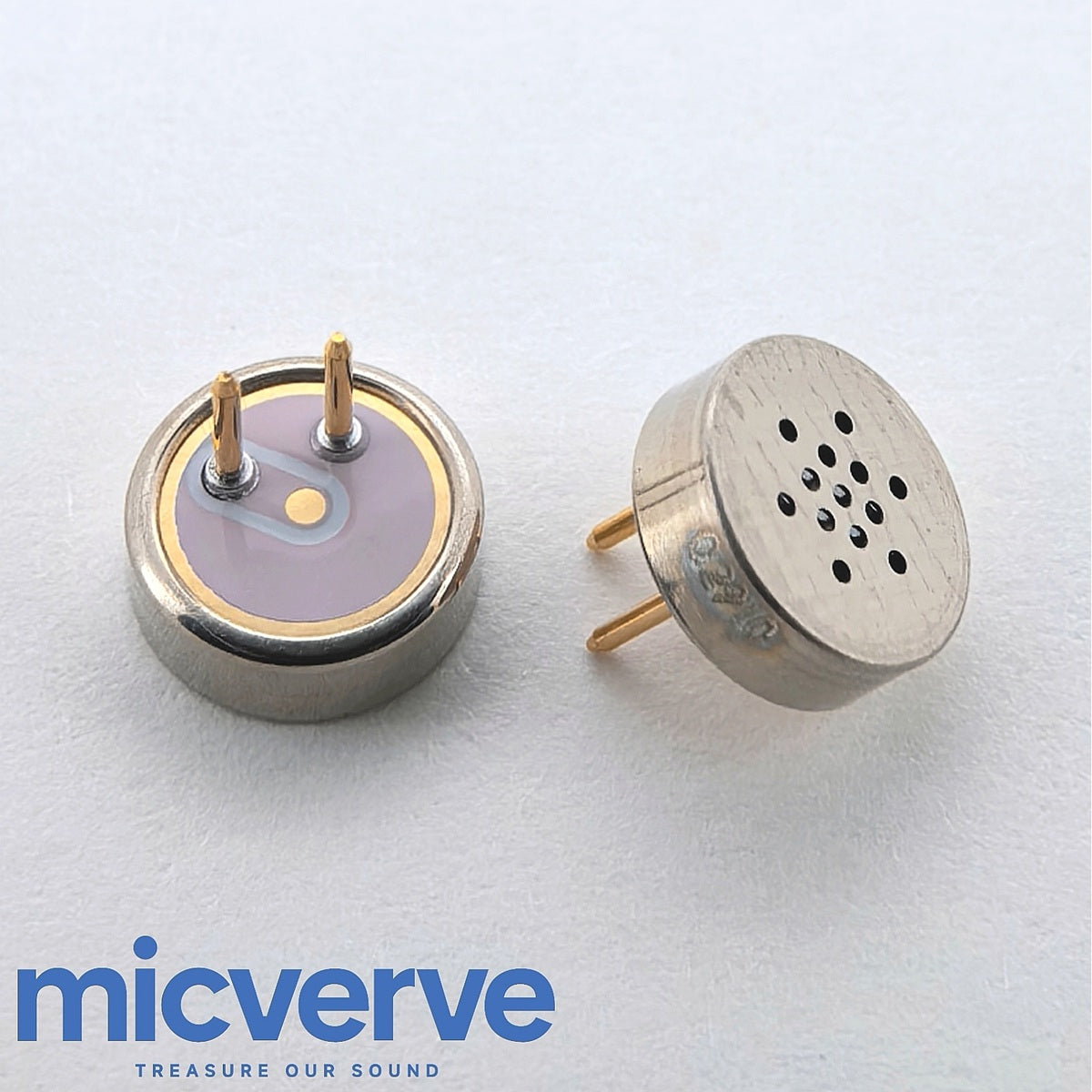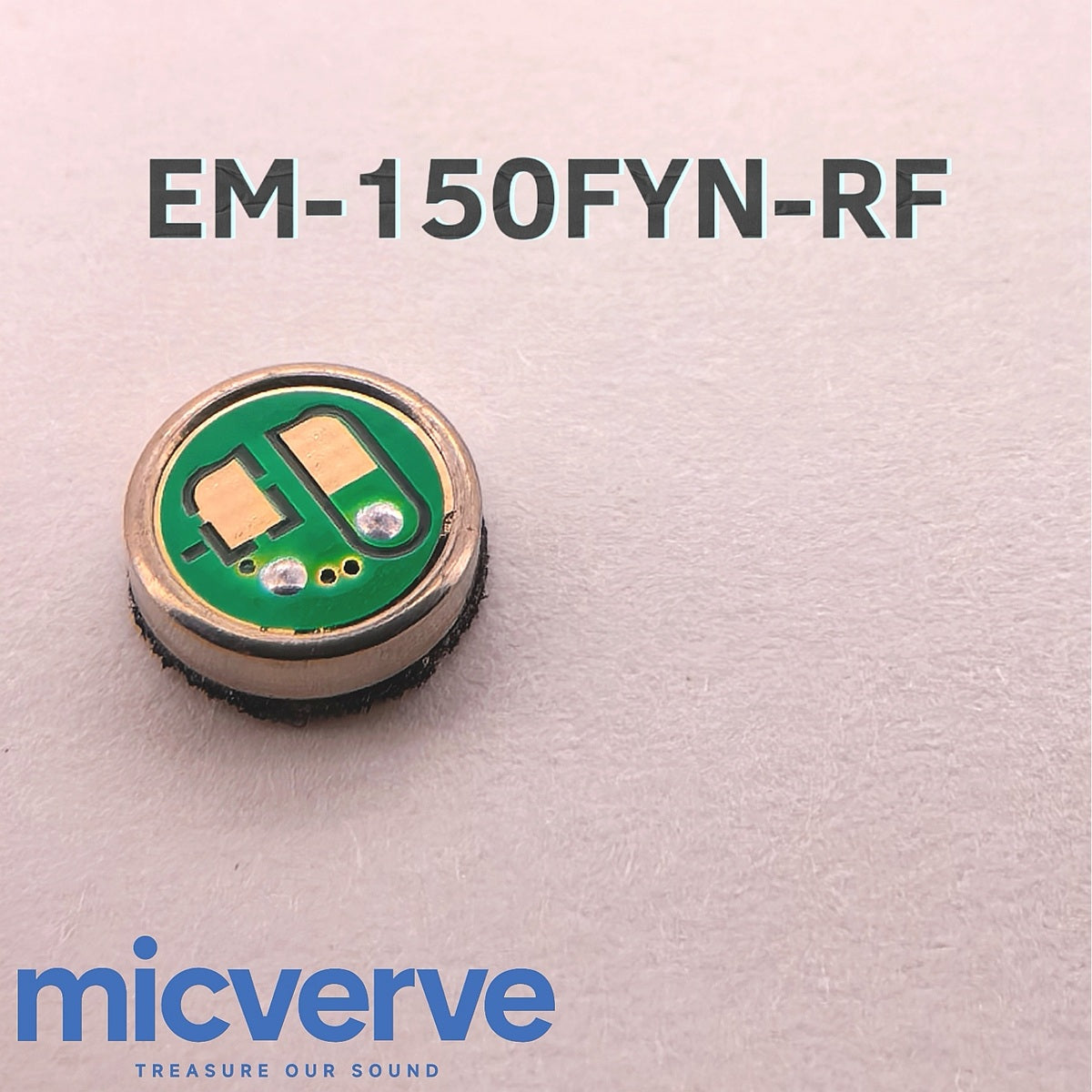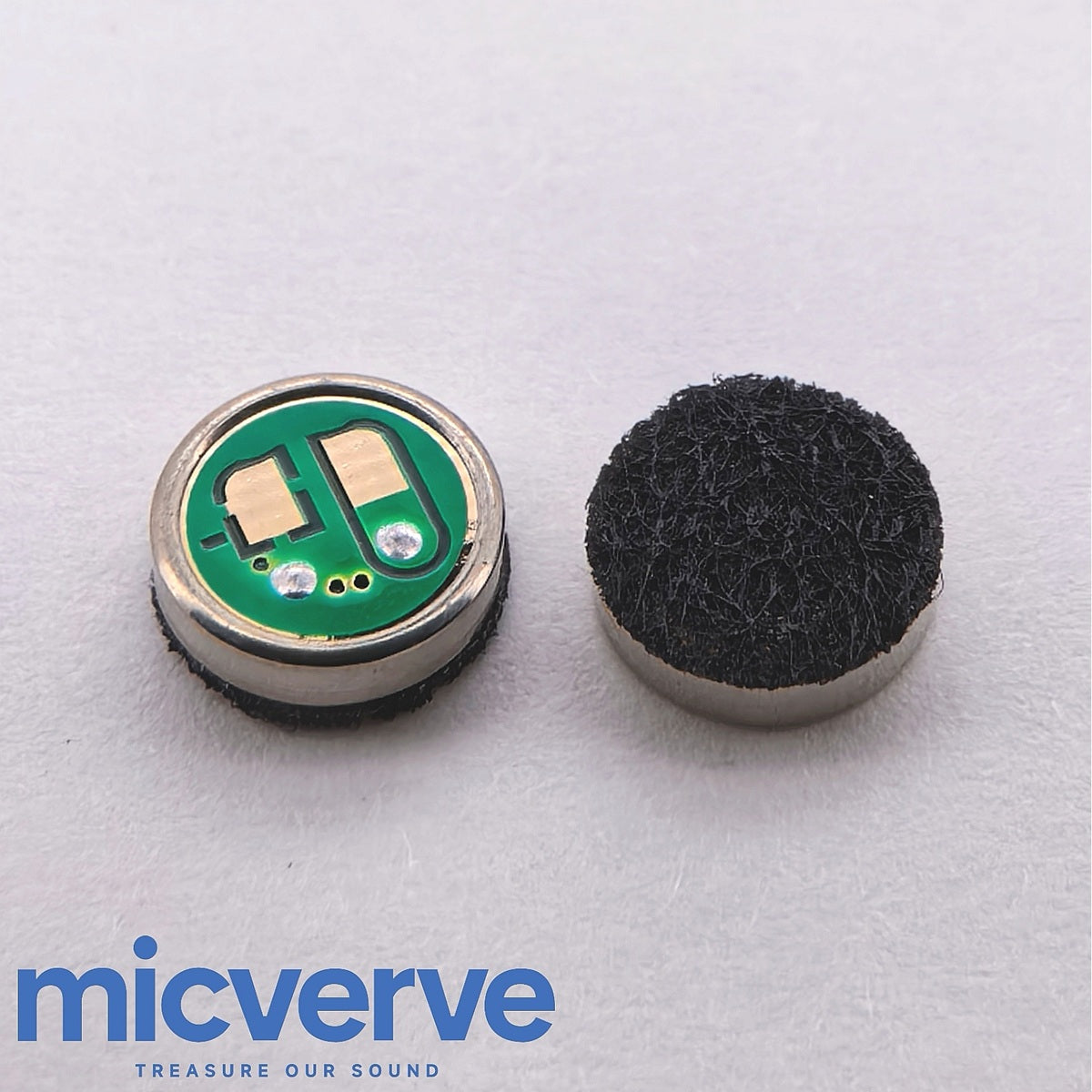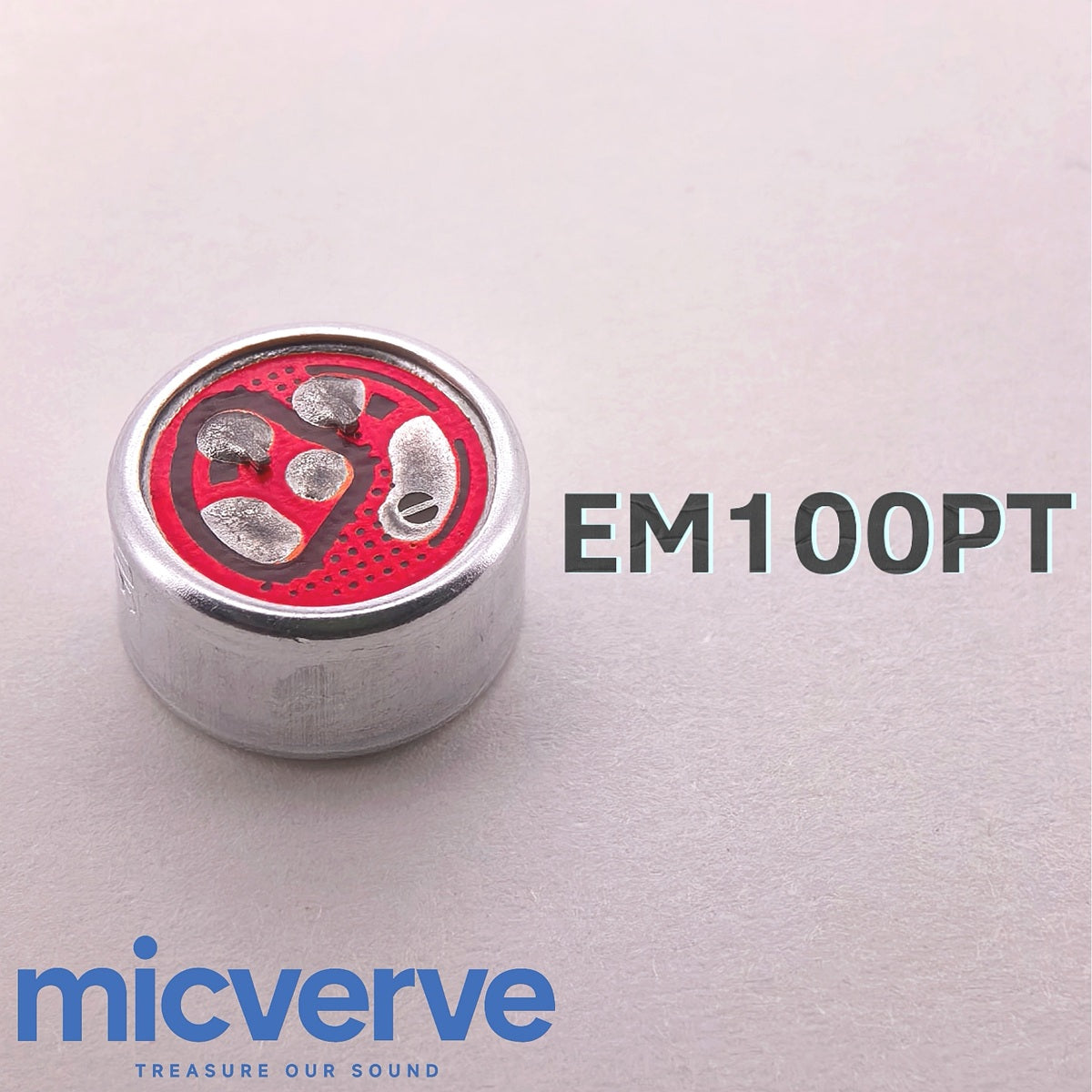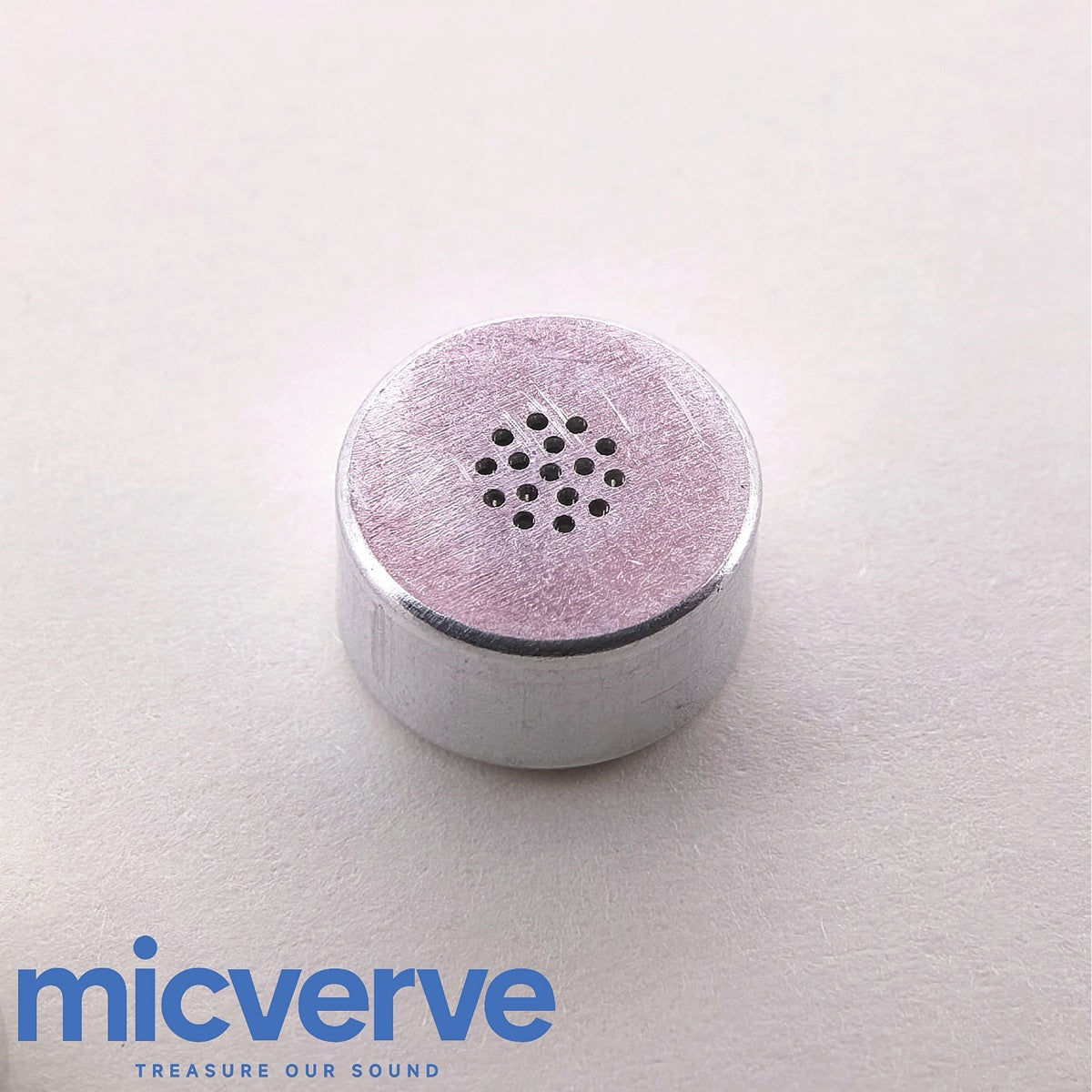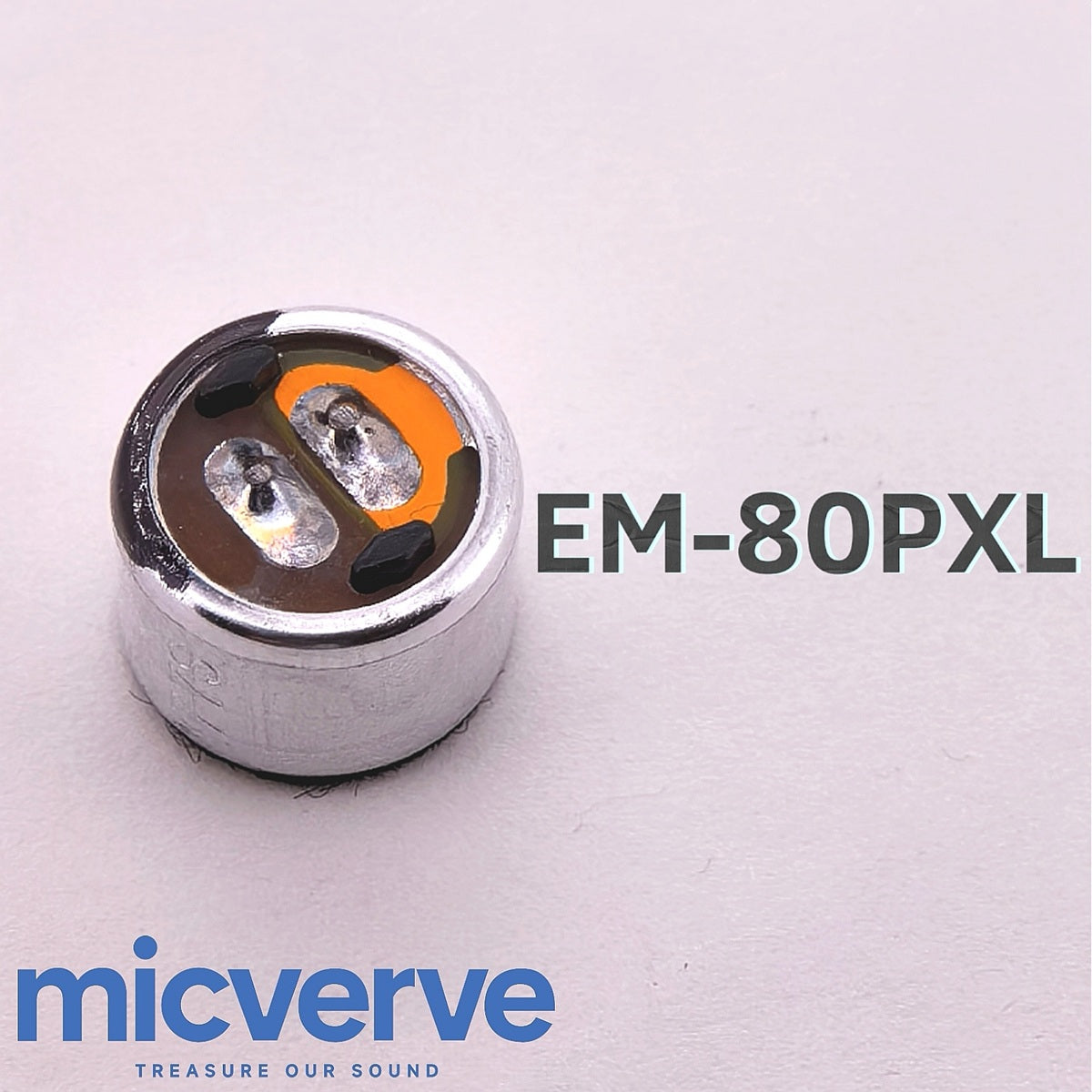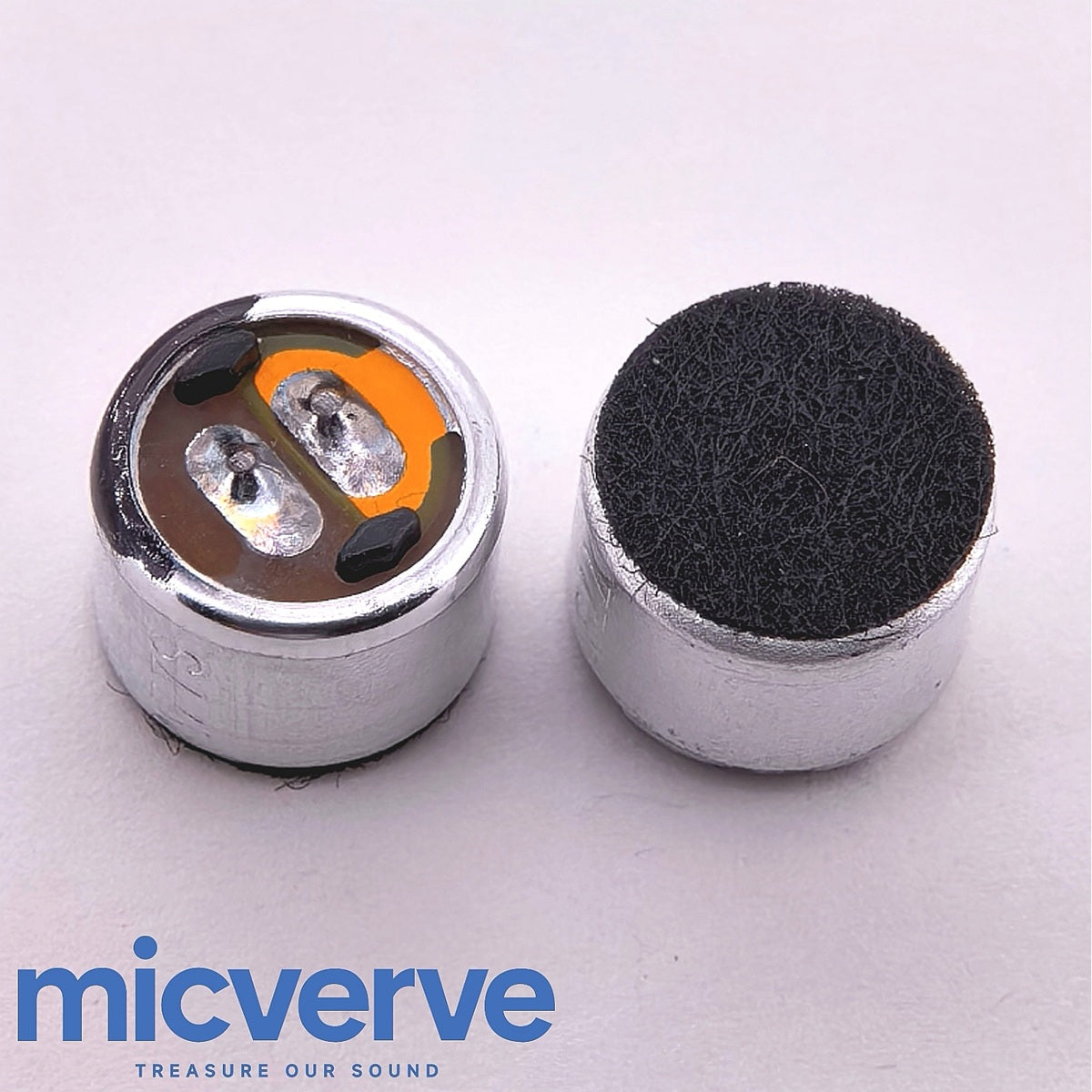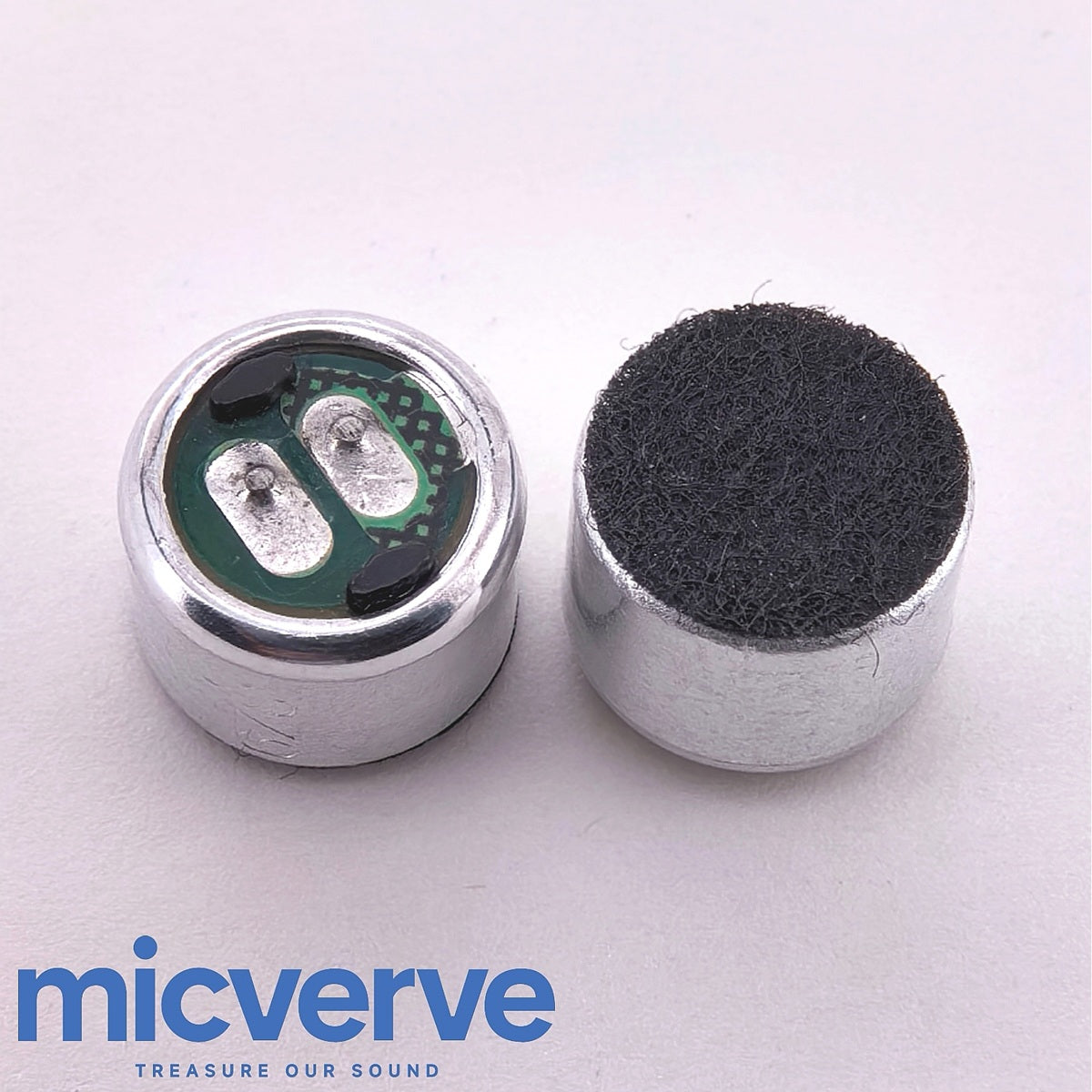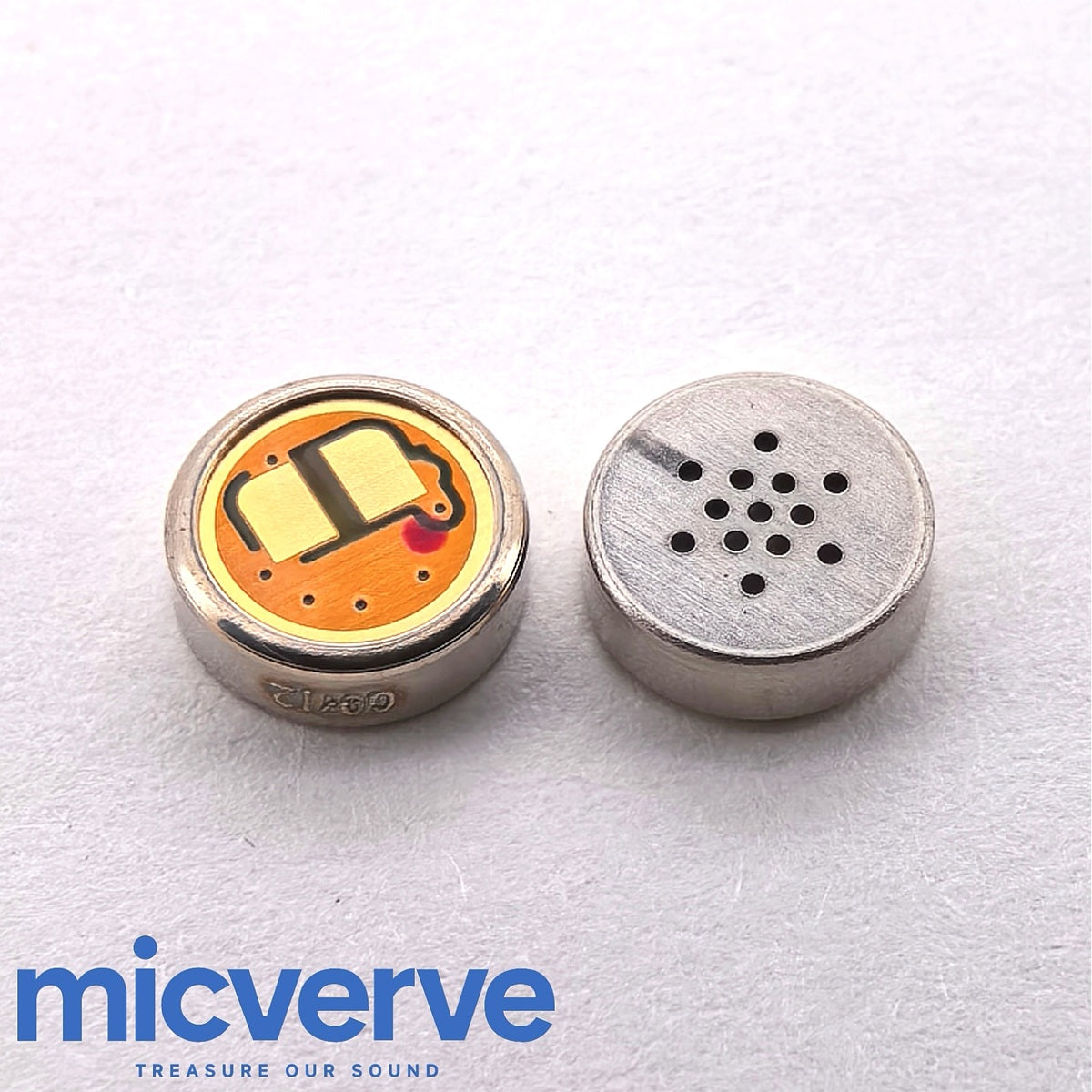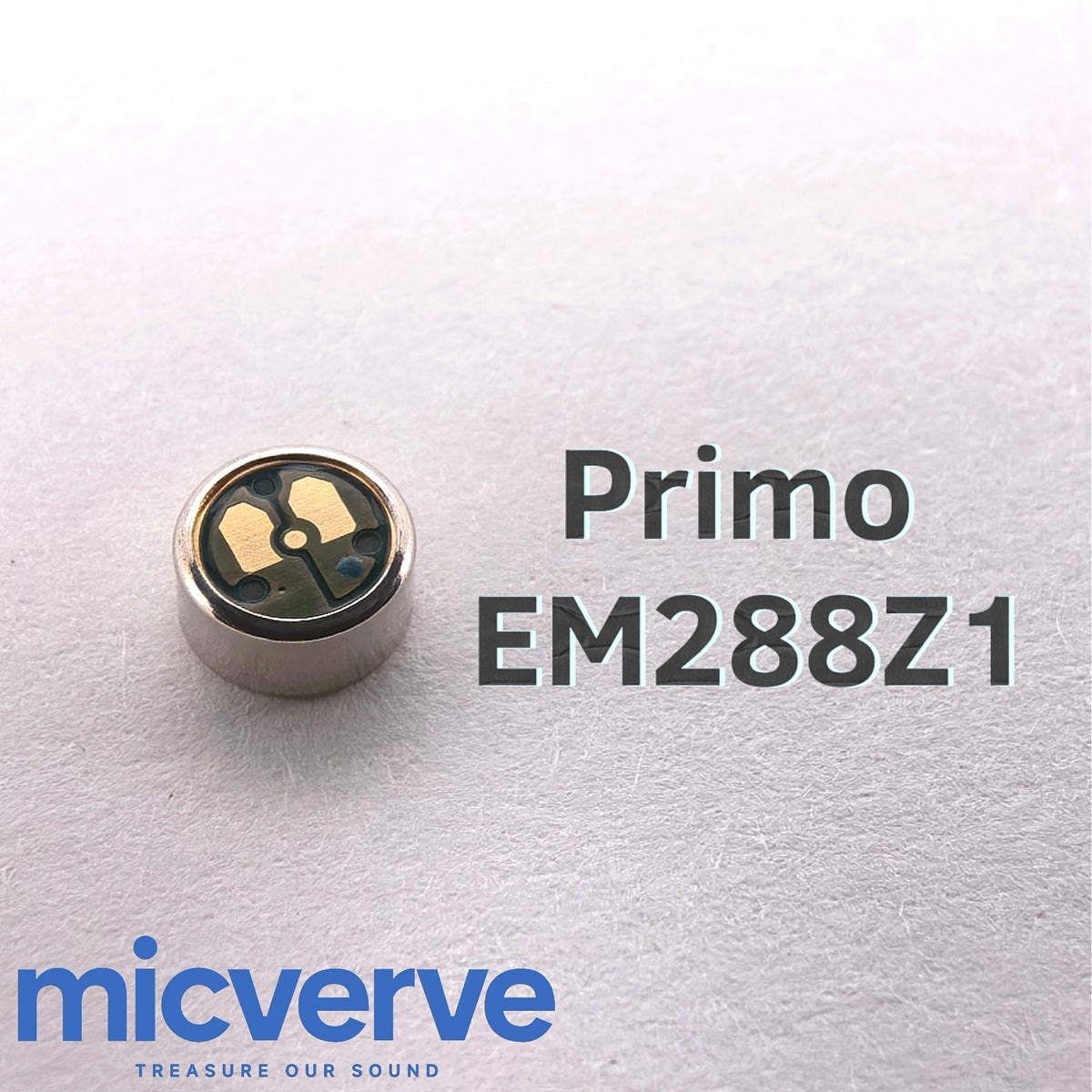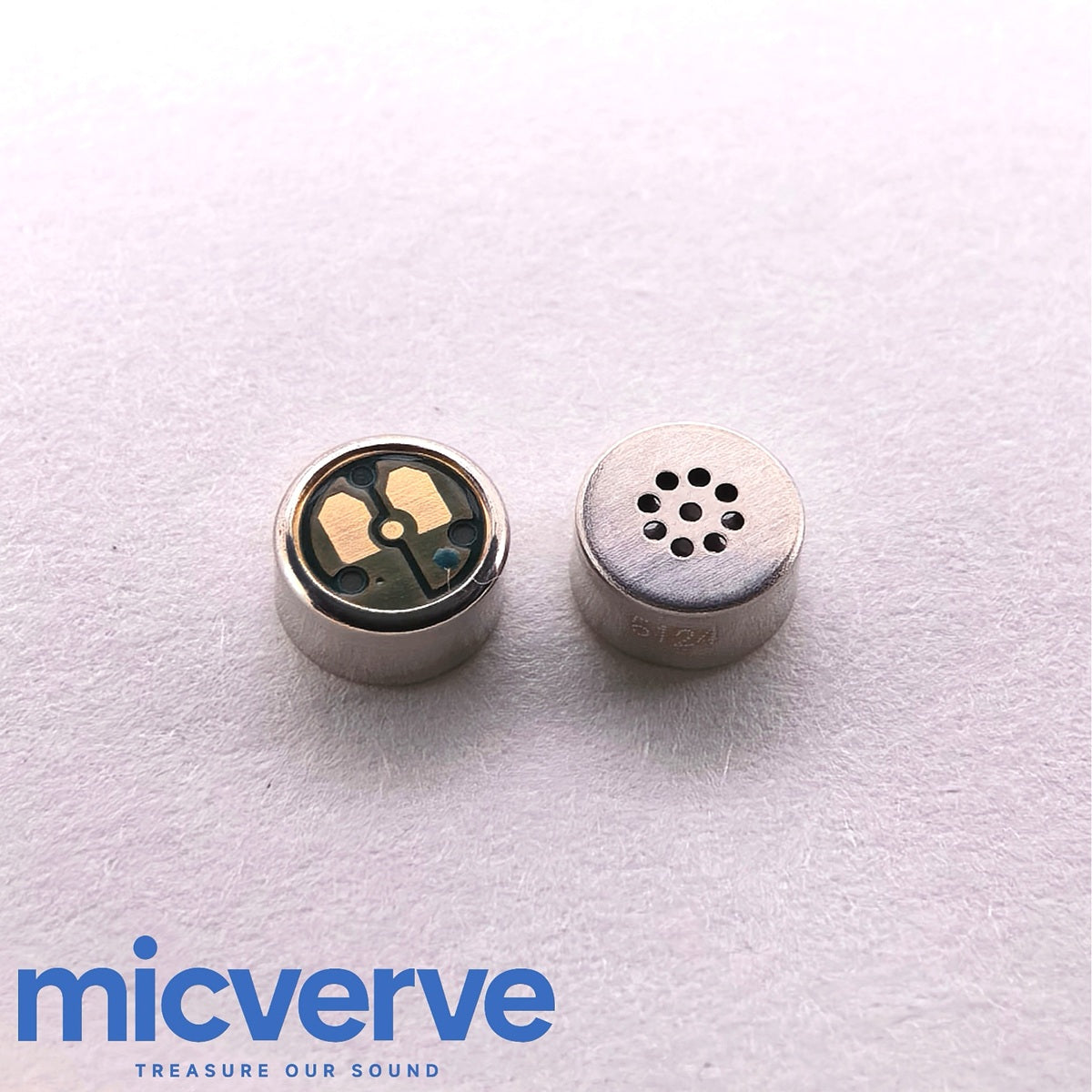SHOP BY BRAND
Micverve is dedicated to the comprehensive field of electroacoustic components, focusing on enhancing people's engagement with sound. With a passion for acoustic research and continuous technological innovation, Micverve has received praise from the industry and recognition in the market.
Filters
About Microphone Directivity
What is Directivity?
Microphone directivity refers to its sensitivity to sounds from different directions, determining which sounds it effectively "hears" and which it rejects. This is one of the most critical characteristics of a microphone, directly impacting its performance in various applications.
Most Common Polar Patterns and Their Characteristics
1. Omnidirectional
The omnidirectional pattern exhibits equal sensitivity to sound pressure
from all directions. It provides the best low-frequency response and the
flattest frequency curve. Compared to other patterns, it is less sensitive to
handling or wind noise. It is well-suited for recording in acoustically treated
environments and time-difference-based stereo recording.
Note: Its high-frequency pickup becomes more directional, resulting in
greater attenuation of high-frequency signals from the sides (at 16 kHz, this
effect transforms omnidirectional into a figure-8 pattern).In poor acoustic
environments, omnidirectional microphones are generally not ideal. In live
music settings with stage monitoring and amplification, they also pose
significant feedback risks.
